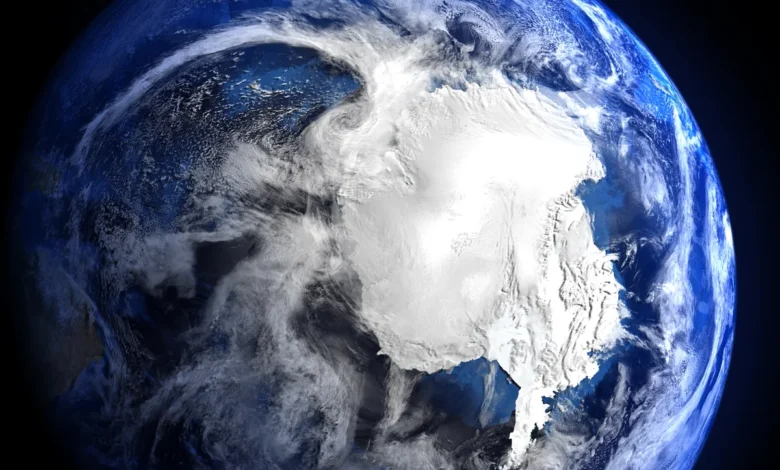Antarctica from Space: Unlocking the Frozen Continent’s Secrets]

Introduction of Antarctica from Space
Explore the wonders of Antarctica from space, understanding its significance, challenges, and prospects. Discover how satellite imaging revolutionizes our understanding of this frozen continent.
What is Antarctica from Space?
Antarctica from space refers to the observation and study of the Antarctic continent through satellite imaging and remote sensing technologies. It offers invaluable insights into the dynamics of the world’s southernmost continent.
Importance of Observing Antarctica from Space
Observing Antarctica from space is crucial for understanding its rapidly changing environment, monitoring climate patterns, and advancing scientific research.
Antarctica from Space
Satellite Imaging Techniques
Satellite imaging techniques, such as synthetic aperture radar (SAR) and multispectral imaging, provide detailed views of Antarctica’s ice sheets, glaciers, and landforms. These images help scientists track changes over time.
Understanding Ice Dynamics
By analyzing satellite data, scientists can study ice dynamics, including ice movement, melting rates, and iceberg calving. This information is vital for predicting sea-level rise and assessing the impact of climate change.
Environmental Monitoring
Satellites monitor various environmental parameters, such as temperature, snow cover, and sea ice extent, allowing researchers to assess the health of Antarctic ecosystems and detect anomalies.
Research Advancements
Observing Antarctica from space has led to significant advancements in polar research, enabling scientists to study geological processes, map unexplored regions, and monitor wildlife populations.
Benefits
Insights into Climate Change
Satellite observations provide essential data for climate models, helping scientists understand the drivers of climate change and assess its impact on Antarctica’s ice shelves and ecosystems.
Predicting Natural Disasters
Antarctica.from space aids in the early detection of natural disasters, such as icebergs posing navigation hazards or the collapse of ice shelves, mitigating risks to human life and infrastructure.
Challenges
Harsh Conditions
Operating satellites in Antarctica’s harsh environment presents technical challenges, including extreme cold temperatures, limited daylight, and the presence of sea ice.
Technical Limitations
Despite technological advancements, satellite imaging of Antarctica faces limitations such as cloud cover, which can obstruct views and the need for frequent data calibration.

Future Prospects
Improvements in Technology
Continued advancements in satellite technology, including higher-resolution imaging and enhanced data processing techniques, will further improve our understanding of Antarctica.from space.
Expansion of Research Efforts
As interest in Antarctic research grows, there will be increased collaboration among scientists, governments, and space agencies to expand satellite observation programs and address key research questions.
Conclusion
Observing Antarctica from space is instrumental in unlocking the secrets of this remote and pristine continent. By harnessing the power of satellite imaging, we can better understand its changing environment, mitigate environmental risks, and advance scientific knowledge for the benefit of future generations.



